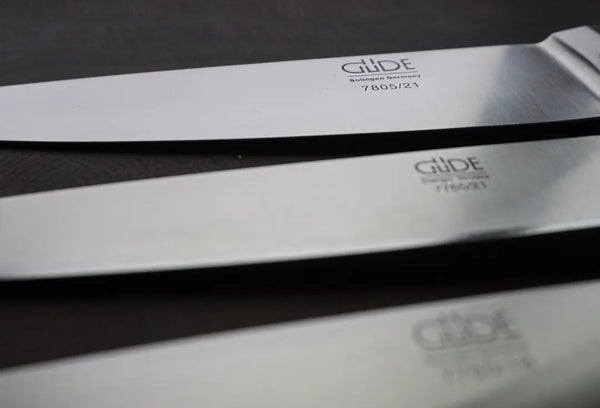
Damascus knives – combination of beauty and sharpness
Damascus knives for more fun and enjoyment in the kitchen
A Damascus knife delights any chef with its sharpness and beauty. Cooking is a frequent topic of conversation among friends, neighbors, and colleagues these days. Numerous cooking shows have a loyal audience, and TV chefs like Tim Mälzer, Steffen Henssler, and Anton Lafer have achieved celebrity status.
At the moment, the coronavirus is raging across Germany, and the lockdown is forcing restaurants to close. Dining in a cozy restaurant is out of the question. The alternatives will eventually become obsolete, and they'll be less fun, too.
Meal-box retailers offer their pre-made meals—it's worth a try. We've tried some of them, and some of them taste pretty good—but it's not a long-term option for us.
Picking up and eating at home is nice, but the freshness and thus the taste suffer a bit. We'll definitely do it regularly, though, to support local or neighborhood restaurateurs so they can continue to serve us after the lockdown, so we can enjoy dining out again.
This is how many people are starting to get back to cooking and preparing a delicious meal for themselves.
Cooking should and can be fun. If you're standing at the stove with a tense expression and view kitchen work as nothing more than work, you're doing something wrong. Working in the kitchen can also be fun and enjoyable.
In addition, when cooking, I have full control over the ingredients and therefore over the quality of what I eat.
When the coronavirus pandemic allows us to reopen, a cooking evening with friends will be a wonderful experience. Chopping together, cooking together, and, of course, enjoying the meal at the end—what could be better?
This is where the necessary tools come into play, which play a crucial role in ensuring a pleasant cooking experience.
A cook's most important tools are his knives. This applies to professional chefs and amateur cooks alike. Chef's knives range in size from inexpensive knives to exquisite Damascus knives, which can easily cost four figures.
And to increase the fun factor, why not treat ourselves to something nicer and spicier?
Here we come back to the topic: the Damascus knife.
The word comes from the Syrian capital Damascus, and the steel is also called Damascus steel. It describes a material - in this case a knife blade - made from one or more types of steel that has different layers in specific structures. This can create an incredibly attractive appearance. A distinction is made between "wild" Damascus and the more industrially produced Damascus steel from which most, predominantly cheaper, chef's knives are made. Prices for this quality level are generally in the three-digit range. This is a Damascus knife, a Santoku with an 18 cm blade from the KAI Shun Premier Tim Mälzer series.

Damascus knife made of wild Damascus
The pinnacle of knifemaking is Damascus knives made from wild Damascus steel. This process involves repeatedly folding the steel, resulting in blades with up to several hundred layers, which are then etched to reveal the surface. This process creates some breathtakingly beautiful patterns. Only top blacksmiths can master such intricate and time-consuming work.
Due to the high effort involved, high prices are to be expected, as such artistic and complex work cannot be offered at a discount price.
If you're interested in such elaborate, beautiful knives, you can expect to make such an investment only once in a lifetime. These elaborately crafted Damascus knives will last virtually forever—a lifetime.
Of course you can also find such exclusive Damascus knives at Cheflife.de .
As an example of a Damascus knife with wild Damascus we can show you the Nesmuk Exklusiv: Here is a Nesmuk Exklusiv 160 Slicer .

The other variant, mentioned above as industrially manufactured Damascus knives, are by no means bad chef's knives. Quite the opposite: They are also very high-quality and durable knives. They are just not manufactured with as much effort. A core of relatively hard steel is covered with a Damascus steel sheath. This also creates a very powerful tool with a very attractive appearance.
Since hard steel is more prone to breakage, Damascus steel stabilizes the blade. This creates a hard core for exceptional sharpness when cutting, combined with a softer shell for stability and to balance the hardness—in other words, the perfect combination of beauty and sharpness.
Here is another example of the second variant:
Kasumi Masterpiece utility knife







